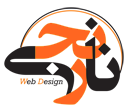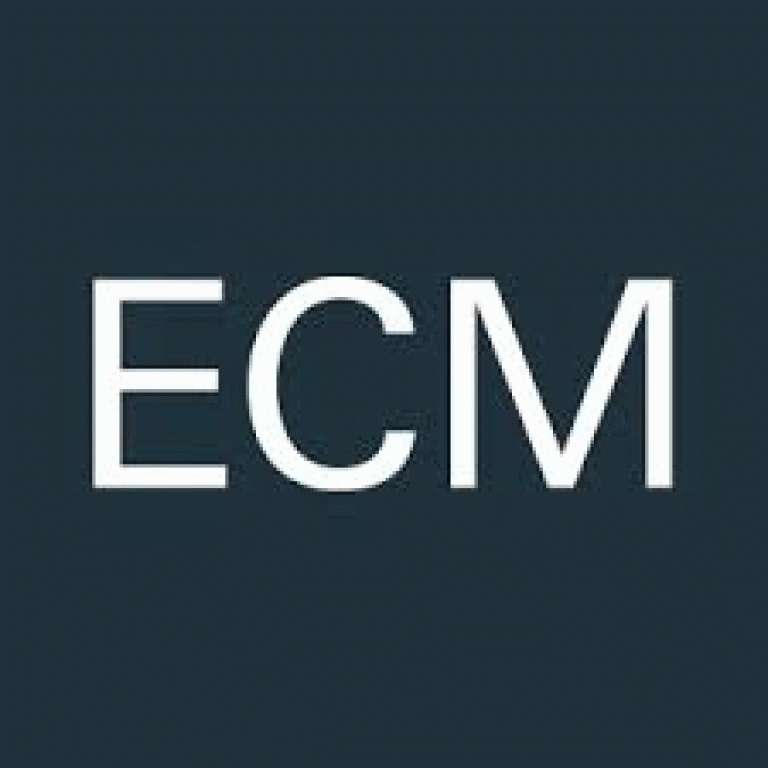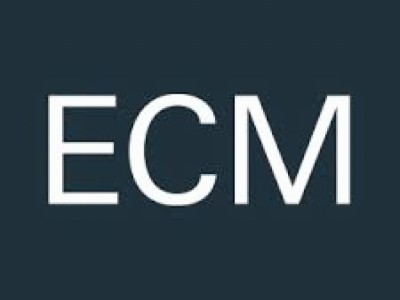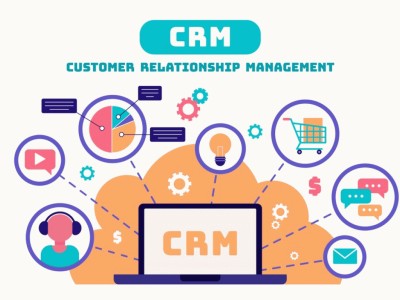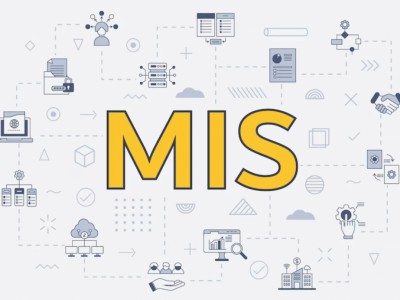What is enterprise content management or ECM?
There are many terms associated with enterprise software. These terms include digital asset management (DAM), document management system (DMS), customer relationship management system (CRM) and enterprise content management system (ECM).
Enterprise content management system is actually strategies, methods and tools used to record, manage, store, maintain and present content and documents related to organizational processes. It's the architecture that connects your business documents and content, making them searchable, explorable, organized, and ultimately meaningful.
Every organization has stakeholders inside and outside the organization; From buyers and sellers to suppliers, consultants, competitors, customers and other stakeholders. Each of these stakeholders sends information to the organization and receives information on the contrary. This exchange of information includes the processes that ECM focuses on.
Suppose that in an organization such as a university, one of the students submits his information for registration. This information and documents must be received, checked and validated. Finally, the necessary activities are carried out on it and finally, based on this information, the registration of the person is done.
Therefore, enterprise content management is an overarching term for the processes and technologies that support businesses in collecting, storing, presenting, and using essential information. Such information may be customer demographic information, order history, patient medical records, or any other item. The people receiving the data can vary from employees and internal stakeholders to customers and business partners.
Five columns represent ECM
content
The concept of content includes any electronic concept including records, data, metadata, as well as documents and websites. This content is not just unstructured or poorly structured information, but today it also includes structured data managed through an ECM solution.
Accordingly, there are two types of content according to their usage and life cycle: dynamic content that can be changed and static or immutable content that is kept in archives. The job of ECM is to acquire content, securely manage it and prepare it for further processing.
The concept of content in EMS includes any electronic concept including records, data, metadata, as well as documents and websites that can be used in information processing, so only content management is not enough. Although proper access to a document or record is important, companies must go beyond this. Content must be managed in such a way that it can be used to fulfill business goals. At the center of this strategy are ECM tools and technologies that manage the entire content lifecycle from birth to death.
Cooperation
ECM supports collaboration processes and various teamwork and communication approaches by providing the required information, regardless of time and place. These approaches include:
- Direct communication through dialogue, holding forums, instant messages, video conferencing and other technologies
- Support the processing cycle by providing information in processing
- Support project work with different tools
- Support knowledge management through targeted database and preparation of required information
compliance
Compliance is one of the market drivers for ECM. Implementing legal and regulatory requirements with process documentation, secure storage, and transaction traceability is a critical requirement for any business or office. Of course, this issue is not only related to compliance with regulations, but also includes compliance with information in processes.
Continuity
Today, our need for the accessibility and accuracy of electronic information is increasing more and more, and ensuring the availability of information is a costly matter. ECM provides technologies and methods for secure storage of information and, accordingly, enables tracking of transactions, protects information from unauthorized access, enables retrieval of information in databases and search engines, data in folders It provides virtual electronics, stores data in applications and uses "recovery" tools to save information in times of crisis.
Cost
Cost savings are an important priority, along with efficient development and creation of new business areas. ECM is very expensive to set up; Especially in the implementation phase. But investing in it makes it pay for itself through collecting the required information, supporting collaboration and processes, simplifying operations and management, developing work methods and many other solutions.
ECM collects and controls information from various sources, thus reducing costs in the core areas of ECM as well as any other area of IT. Considering this factor, the main focus of organizations should not be on the return of initial investment, but it is more important to create sustainable transformation in the organization. It can be said that ECM is a necessary infrastructure to optimize business operations.
The position of the ECM enterprise content management system in today's world
Enterprise Content Management (ECM) has become an important data management technology, especially for medium and large organizations. ECM includes electronic document management, web content management, digital asset management, and electronic records management (ERW). ERM infrastructures help reduce costs, make sharing easier Content across the organization helps minimize risk, automate time-intensive and costly manual processes, and unify multiple websites into a single platform.
Why use ECM organizational content management system?
While every organization has unique goals and needs, cloud-based ECM tools offer a common solution that puts security first. Communications can range from company service contracts to customer correspondence, marketing issues, and more. In this case, when authorized users need all the details about a project; They can easily find it. So it is better to prioritize the use of enterprise content software in order to see its efficient results in your team.
